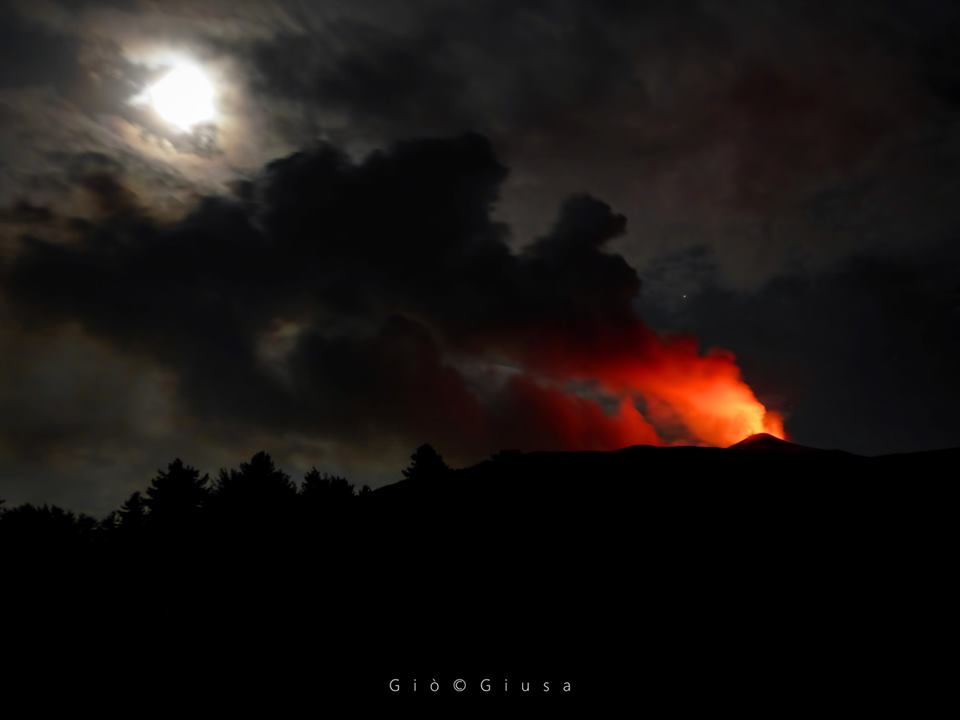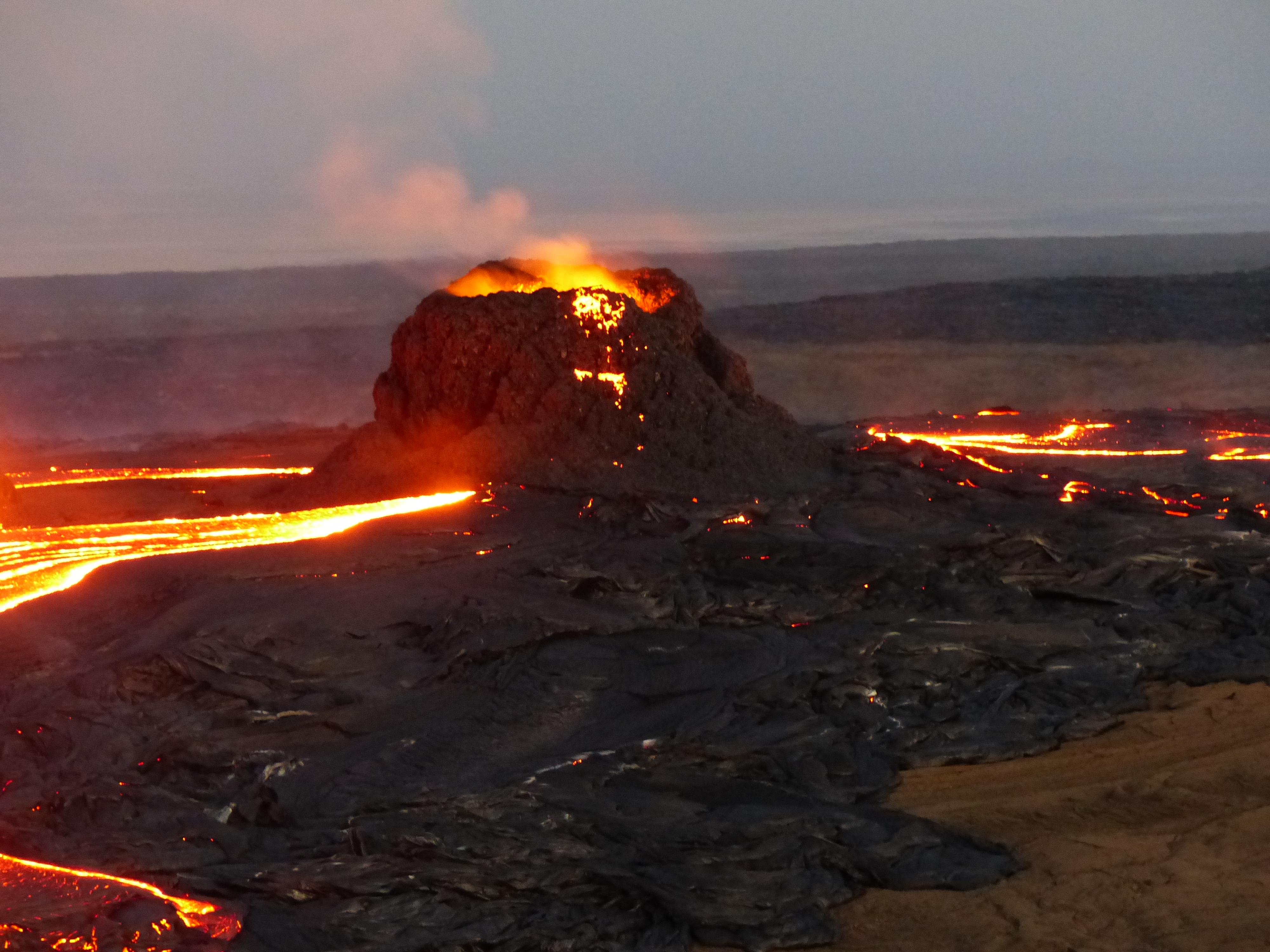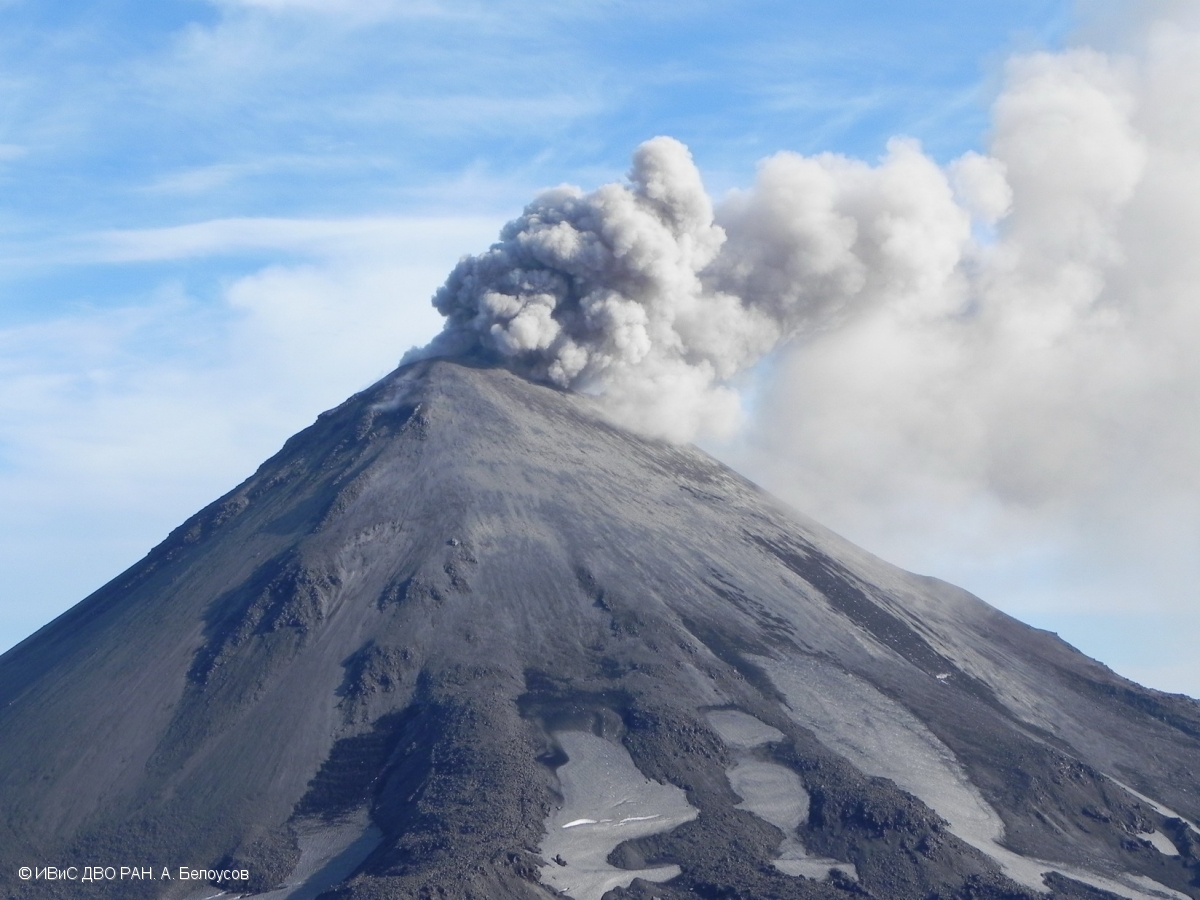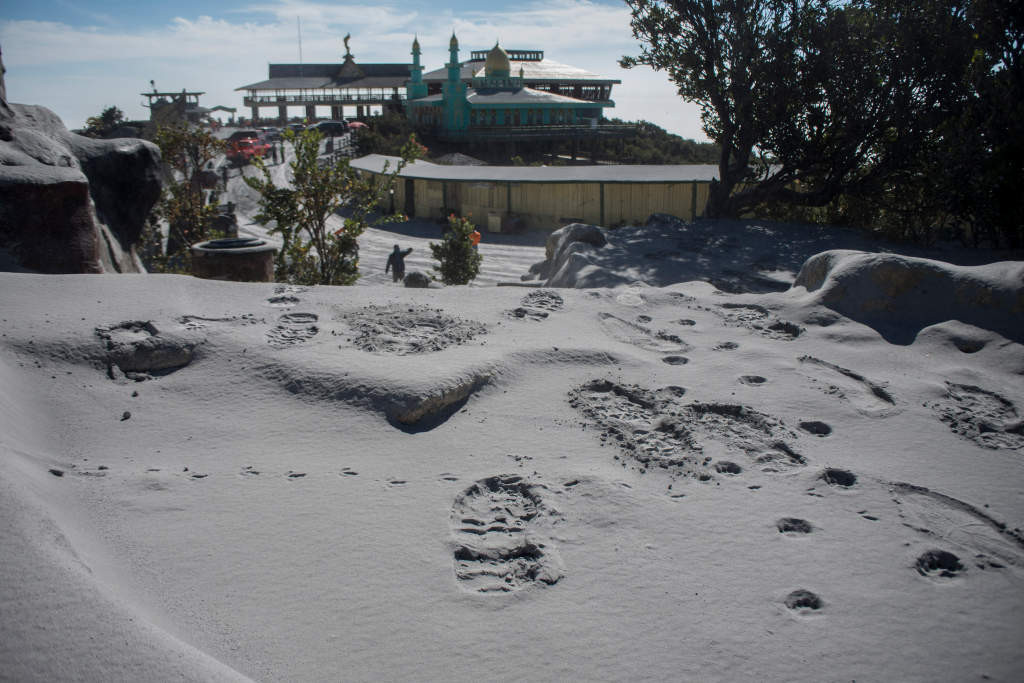September 11, 2019. EN. Colombia : Chiles / Cerro Negro , Italy / Sicily : Etna , Indonesia : Ibu , Alaska : Semisopochnoi .
September 11 , 2019. Colombia , Chiles / Cerro Negro : Weekly activity bulletin of Chiles and Cerro Negro volcanoes The activity level of the volcanoes continues at…





